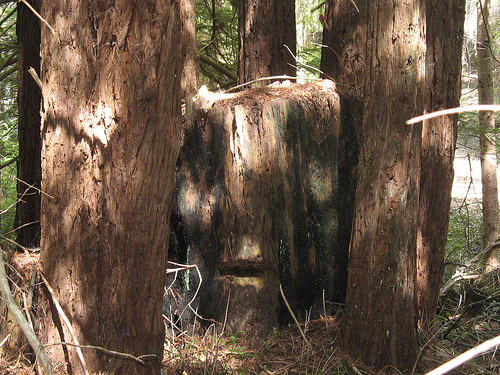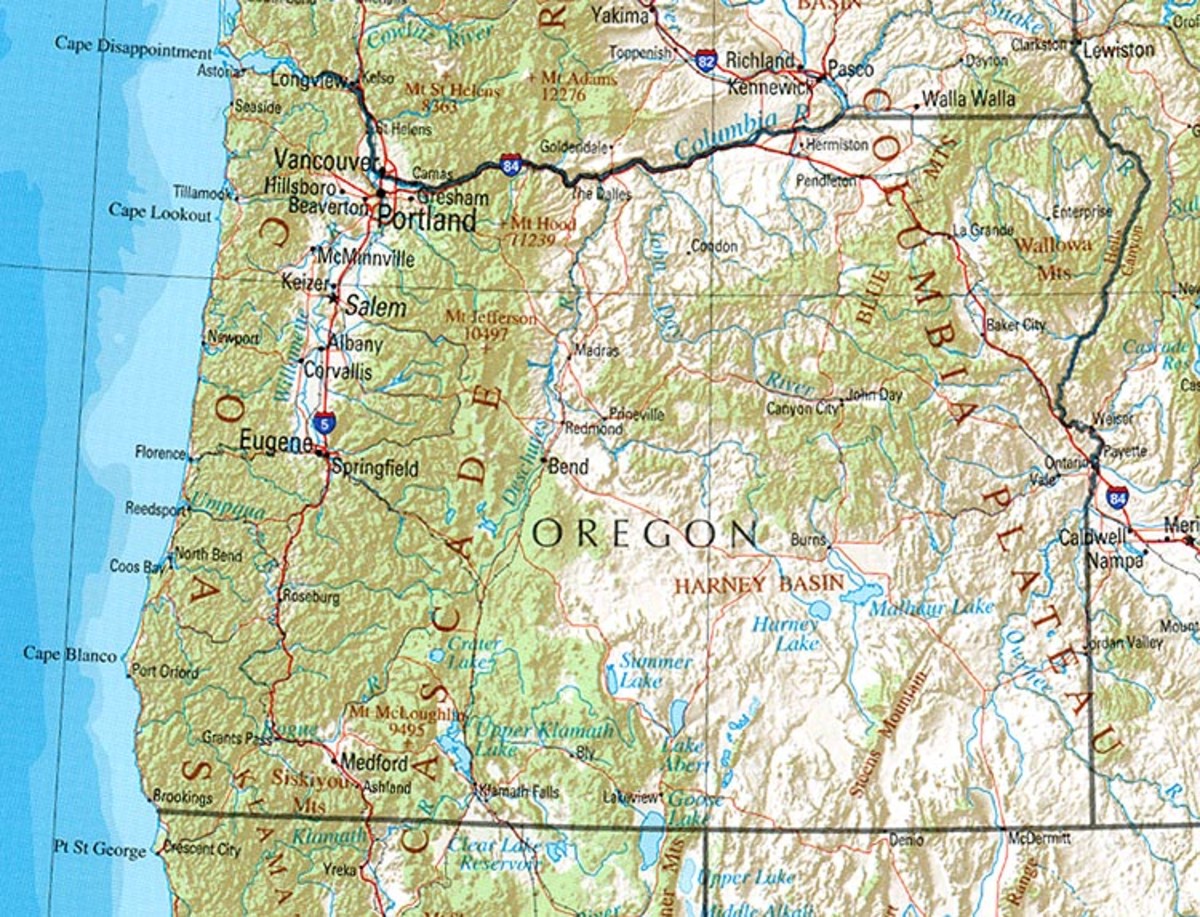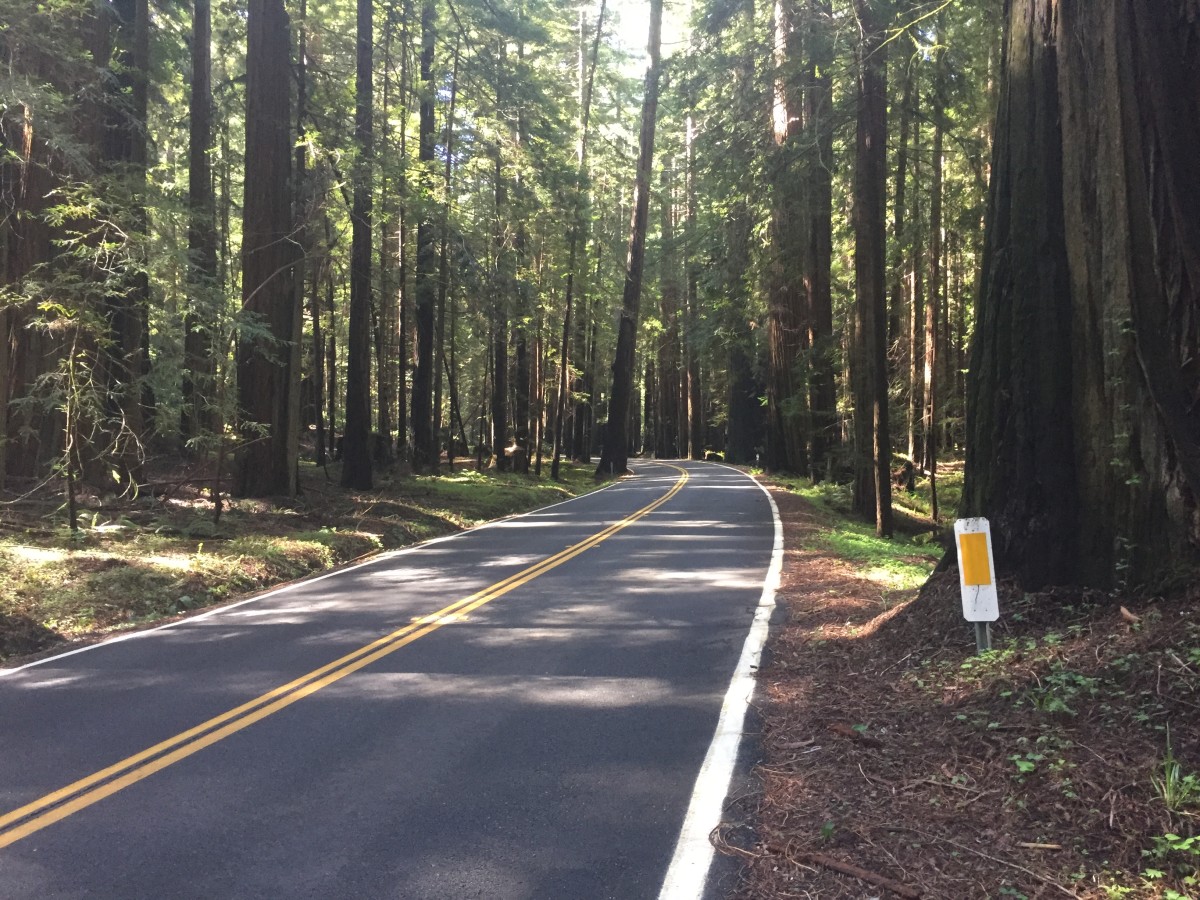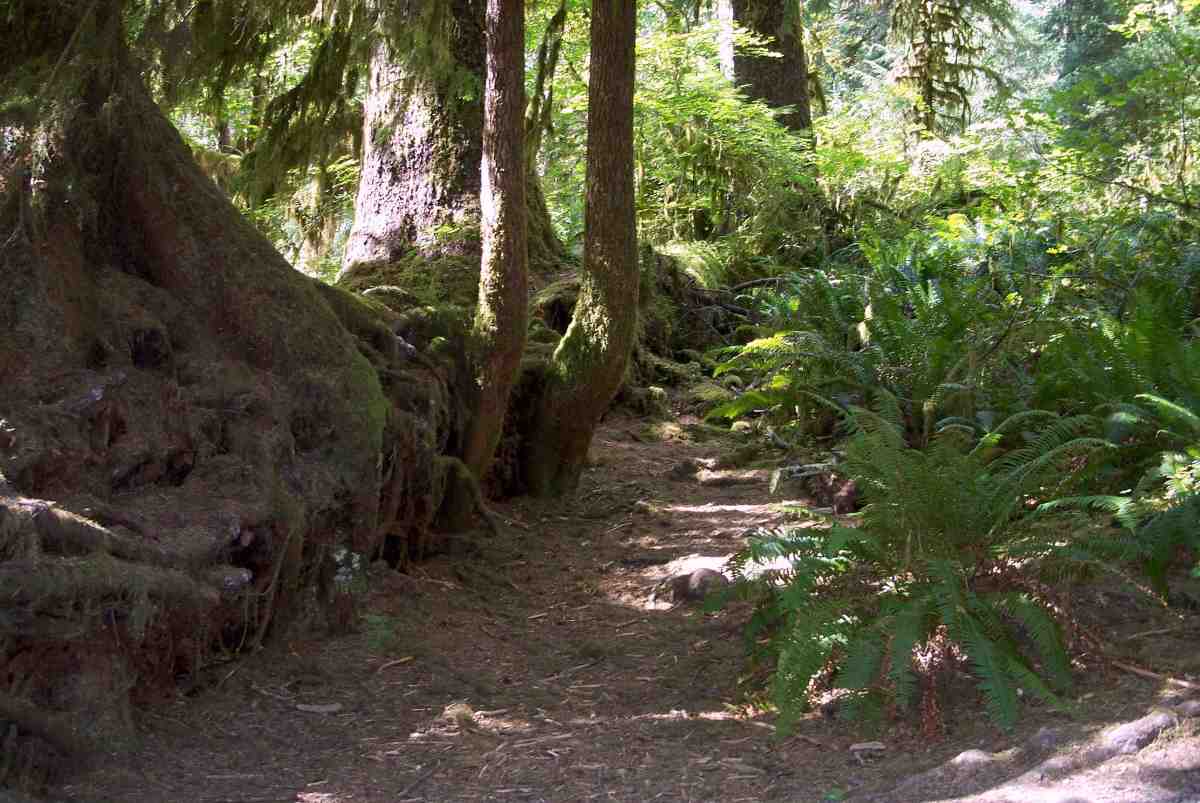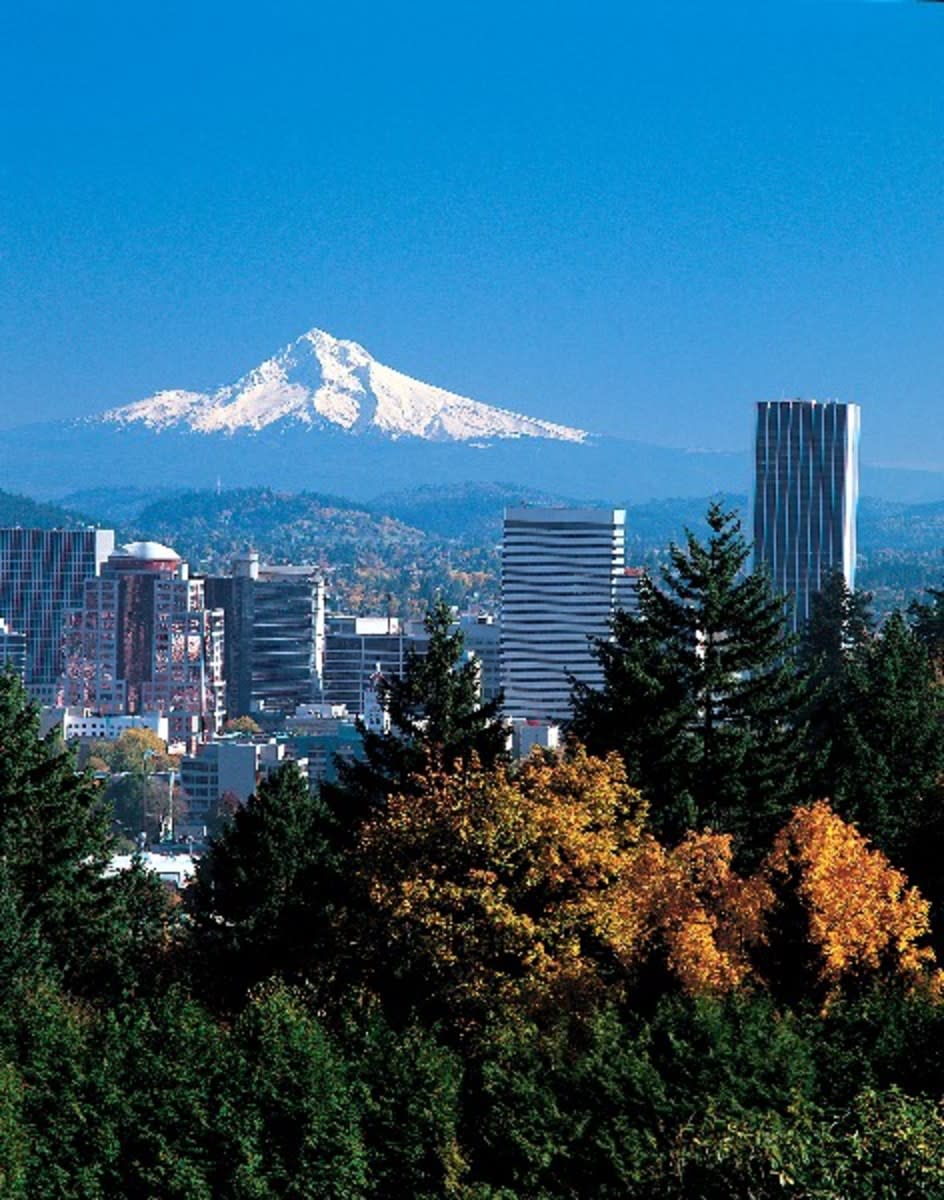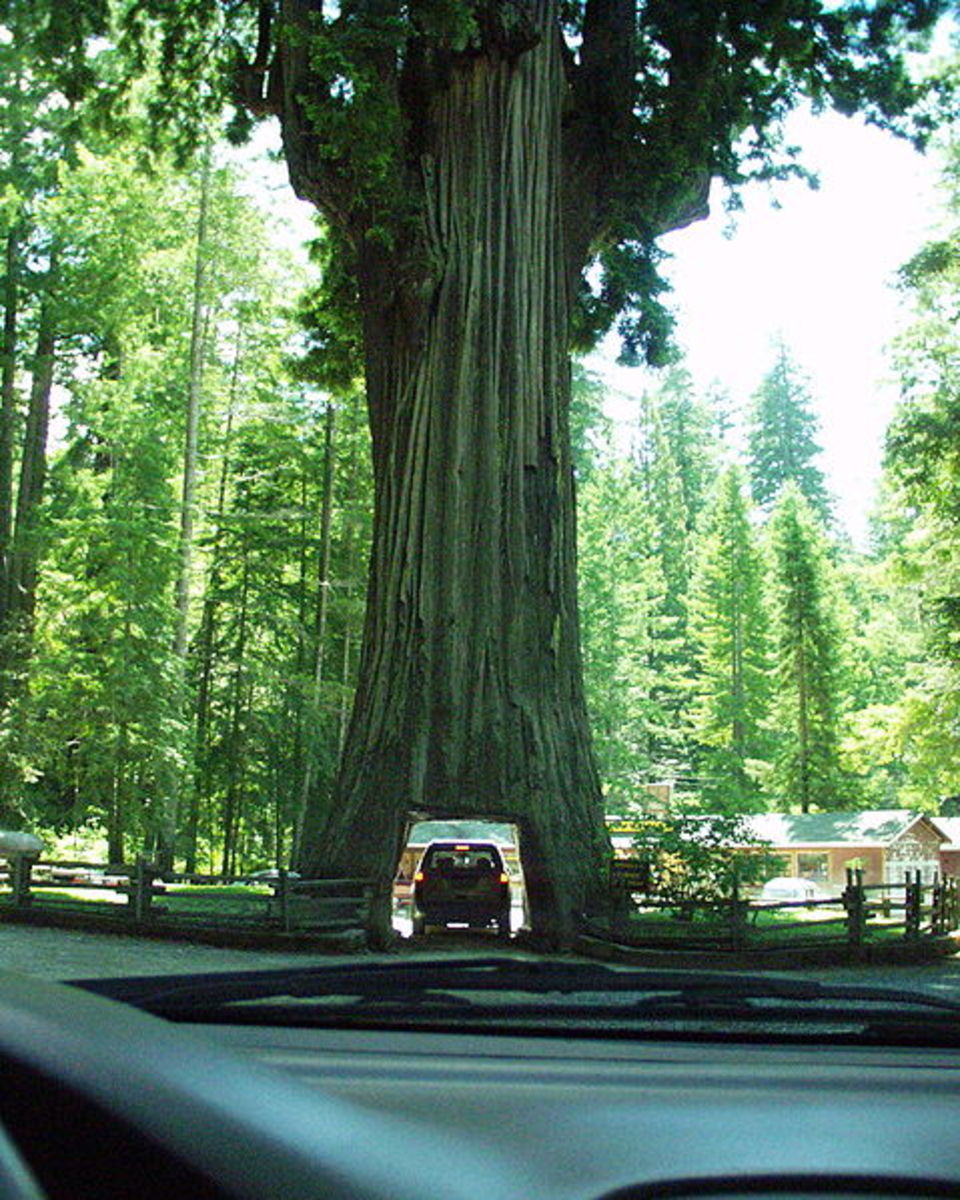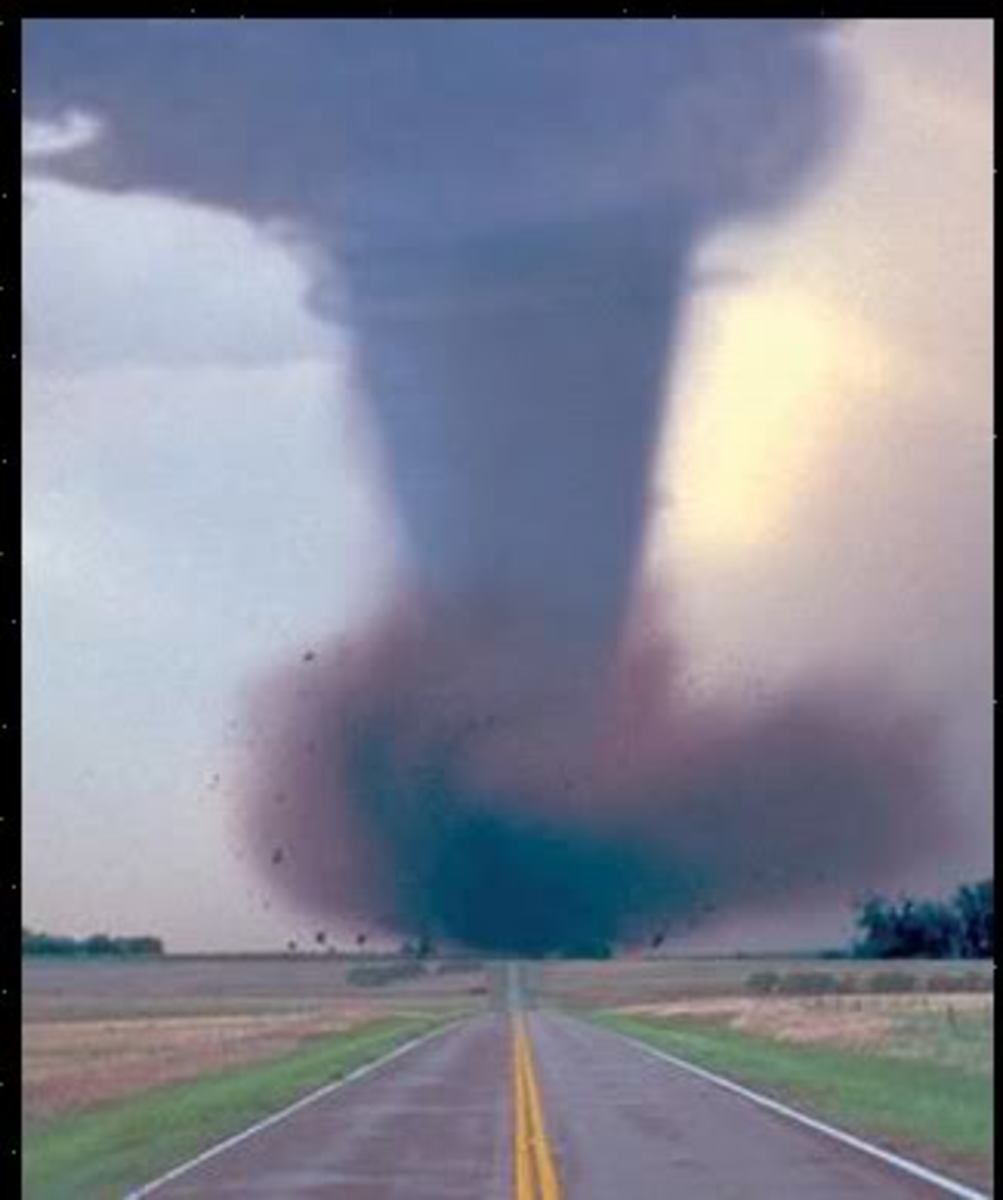The Tallest Trees on Earth- Redwoods
These trees that are discussed here can grow to be the tallest trees on earth producing timber, safeguarding clear waters and providing home for a countless number of forest species, if we let them …………….

Mike Fay a wildlife conservation society biologist and National geographic society explorer walks through California hillside which is thick with redwoods, scotch broom and Poison Oak. He has worked for three decades helping save the African forests. He now has the red woods in his blood and he is obsessed with these iconic American trees. While driving along the coast of Northern California he was gazing at the clear cuts of the trees and second growth forests. He once came across a 6 foot tall slice of an old redwood long on display in a state park with a label on it that read “1492 Columbus”
Fay decided to see for himself how the earth’s tallest forest had been taken advantage of in the past, and how it is being treated at present. He wanted to walk all the length of California and find out if there was a way to increase timber production and other ecological and social benefits that these forests provide. He believed that if it could be done in redwoods, then it can be done to any forest that is being levelled on earth for a short period gain. So Fay and naturalist Holm did a 11 month trek, taking pictures, detailed notes, recording wildlife, plant life and conditions of forests and streams. They also interviewed and talked to people of the redwoods, that included loggers, biologists, foresters, environmentalists, café owners, timber company owners and anyone who depended on the forest. Environmentalists had been battling with the state and federal regulators over its aggressive cutting practices. Some of the old growths still remain, while the spotted owls, marbled murrelets, and salmon continued to decline dangerously in number. Fires burned down thousands of acres in the worst fire seasons.
But Fay could see that environmental groups, foresters and a few timber companies were creating awareness in the society about the benefits for people, wildlife and the planet, which made Fay convinced.
Now Fay and Holm started walking through the southern end of the forest, where trees grow in scattered holdings and groves except in small parks where they found a few rare ancient trees. They journeyed through 1,800 miles through places where the trees had been cut at least once and some places where they had been cut thrice since 1850. This left islands of second growth forest with mostly small trees. One fine day they reached the southern end of HumboldtRedwoodsState Park which is home to largest crowded area of old growth redwood forests on planet, which occupied almost 10,000 acres. Of the 180 known redwoods which are taller than 350 feet, 130 grow here. These redwoods looked like giant beanstalks, with thick barks, while some had huge cavities called goose pens, which were used earlier to hold up to 20 people.
Redwoods have an amazing ability of producing sprouts from the place where they get cut whenever the living tissue called cambium beneath the bark gets exposed to light. All through the forest there are stumps with cluster of second generation trees called fairy rings around their bases. Their cones are tiny like the size of an olive. Also redwoods have high tolerance to shade and sprouting ability. They can be dormant for years and then grow when a big tree is cut or falls allowing new light to enter the forest. Till 1848 Tolowa, Yurok and Chilula tribes lived behind the impenetrable 300 feet high redwood wall eating salmon, elk and tan oak acorns. When US seized California from Mexico, they discovered gold and the businessmen found these reddish riches and levelled great forests near san Francisco.
After the san Francisco earthquake and fire in 1906, demand for timber increased to rebuild the city. Instead of teams of oxen, portable engines dragged the massive logs, and locomotives hauled them from the woods. In the 1920s the “Save the Redwoods League” started purchasing the groves that would become the backbone of California's redwoods parks, and it continues adding them to this day.
In the 1990s California reduced the maximum allowable size for a clear-cut from 80 acres to between 20 and 40. The heavy tractors caused so much erosion and so they have been replaced by smaller, lighter shovel loaders. More landowners are now growing their redwoods older and cutting them rarely. the forest is managed to provide wildlife habitat and clean rivers as well as forestry jobs and wood products. Another group practicing ecological forestry bought 40,000 acres of industrial timberlands in the GarciaRiver, BigRiver, and Salmon Creek watersheds to prevent the trees from becoming vineyards and subdivisions. The organization plans to use uneven-age selection forestry to restore aquatic habitat by reducing erosion into the streams.

One sunny morning Mike Fay hooks his ascender to a climbing rope up a truly massive redwood, to talk to scientist Steve Sillet who is convinced of the fact about letting redwoods grow big. He has climbed and studied several trees on earth and measured hundreds of them from their bases up to the individual needles at the top. Fay passes through a fire cave at the height of 138 feet, big enough to hold 2 grown up men. Higher at this height, epiphytic ferns and huckleberry bushes grow in canopy soils while mosses, liverworts, and lichens cover the bark. The total height of this tree is 301 feet while the tallest tree in the world is 379.1 feet tall. For industrial foresters, they expect the redwood trees to grow faster to maximise the return on investment and to provide wood products to the market. Cutting redwoods at 40 to 50 years is the most profitable time, though such young trees contain mostly soft low quality sapwood. Sillett’s research has proved that a tree’s annual rate of wood production increase with age for at least 1,500 years, with the older ones having high quality rot resistant wood.
